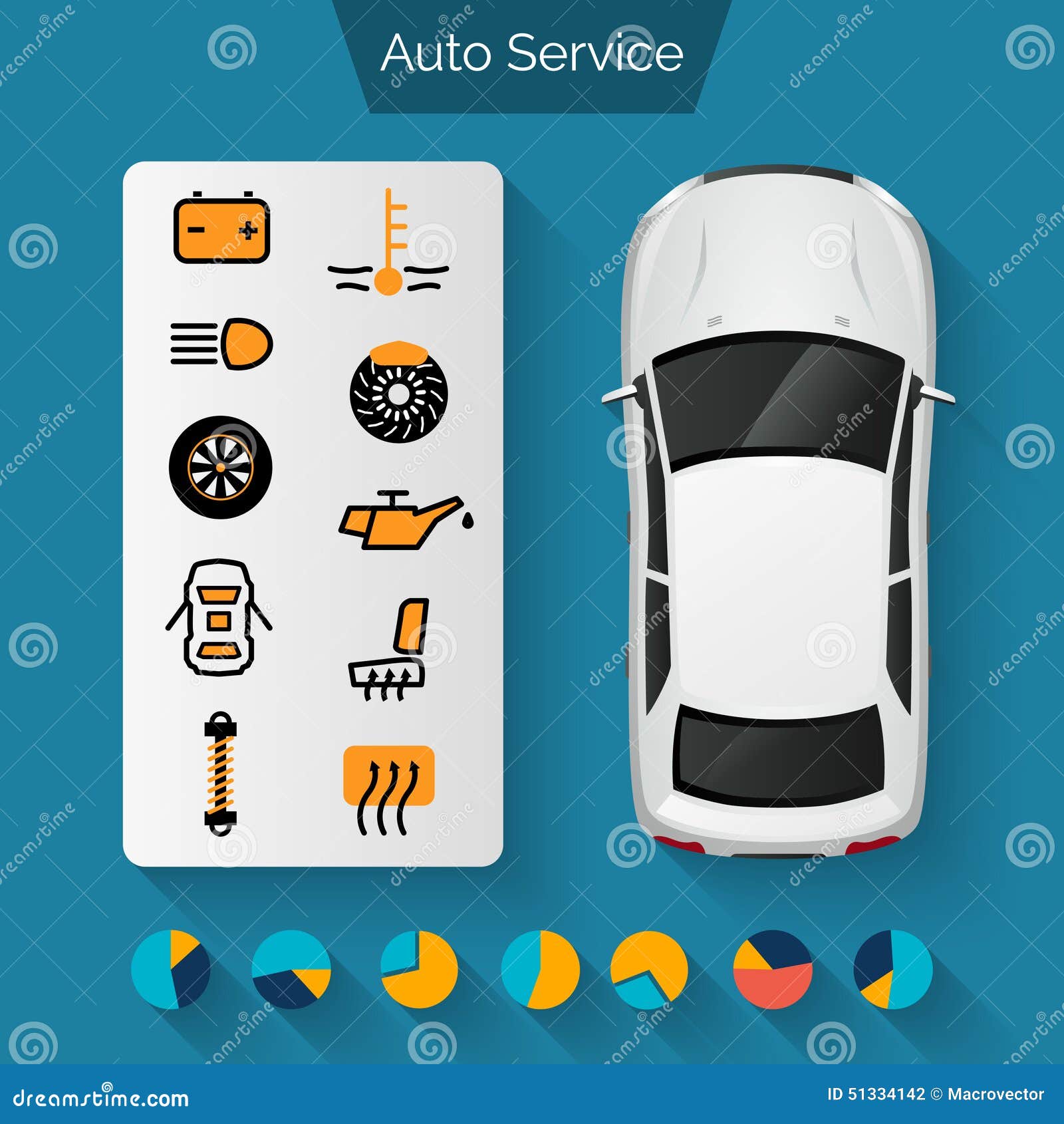Translating Your Automobile'S Caution Indicators: What They Genuinely Symbolize
Translating Your Automobile'S Caution Indicators: What They Genuinely Symbolize
Blog Article
Material By-Sykes Dalgaard
When you're behind the wheel, those radiant warning lights on your control panel can be a bit difficult. Do you know what they're trying to tell you regarding your cars and truck's health and wellness? Understanding the significance of these lights is vital for your safety and security and the long life of your vehicle. So, the following time one of those lights turns up, wouldn't you wish to decipher its message precisely and take the required steps to resolve it?
Common Warning Lighting and Interpretations
Identify common warning lights in your auto and recognize their definitions to ensure safe driving.
One of the most normal warning lights include the check engine light, which indicates concerns with the engine or discharges system. If this light begins, it's essential to have your car examined immediately.
The oil pressure cautioning light indicates low oil pressure, calling for instant interest to stop engine damages.
A flashing battery light may recommend a damaged charging system, possibly leaving you stranded otherwise resolved.
carwashprice,botany (TPMS) light alerts you to low tire pressure, influencing vehicle stability and gas effectiveness. Ignoring this can bring about unsafe driving conditions.
The ABS light shows a trouble with the anti-lock braking system, compromising your capability to quit rapidly in emergencies.
Finally, the coolant temperature alerting light warns of engine overheating, which can result in severe damages otherwise settled promptly.
Understanding these typical caution lights will assist you attend to problems promptly and preserve safe driving conditions.
Relevance of Prompt Attention
Comprehending the typical warning lights in your automobile is only the very first step; the value of promptly attending to these cautions can not be highlighted enough to guarantee your safety and security when driving.
When a warning light brightens on your control panel, it's your vehicle's means of communicating a potential concern that needs interest. Disregarding these cautions can lead to a lot more extreme problems in the future, compromising your safety and possibly costing you much more out of commission.
Motivate focus to warning lights can protect against failures and crashes. For example, a blinking check engine light can suggest a misfire that, if left neglected, might trigger damage to the catalytic converter. Addressing this without delay can save you from a costly repair work.
Similarly, you could look here advising light could signify reduced brake fluid or worn brake pads, important components for your safety when driving.
Do It Yourself Troubleshooting Tips
If you see a caution light on your dashboard, there are a couple of do it yourself fixing ideas you can attempt before seeking expert aid.
The first step is to consult your automobile's handbook to comprehend what the details caution light indicates. Often the concern can be as easy as a loose gas cap causing the check engine light. Tightening up the gas cap may solve the trouble.
Another typical concern is a low battery, which can trigger various alerting lights. Inspecting the battery connections for corrosion and ensuring they're safe and secure may fix the trouble.
If a warning light lingers, you can attempt resetting it by detaching the cars and truck's battery for a couple of minutes and after that reconnecting it. Additionally, inspecting your car's fluid levels, such as oil, coolant, and brake liquid, can aid fix cautioning lights associated with these systems.
Final thought
In conclusion, understanding your cars and truck's caution lights is important for keeping your vehicle running efficiently and securely. By promptly attending to interior exterior car detailing and knowing what they indicate, you can avoid pricey repair work and prospective malfunctions.
Keep in mind to consult your automobile's guidebook for specific details on each advising light and do something about it appropriately to make certain a trouble-free driving experience.
Keep notified, remain risk-free on the road!
